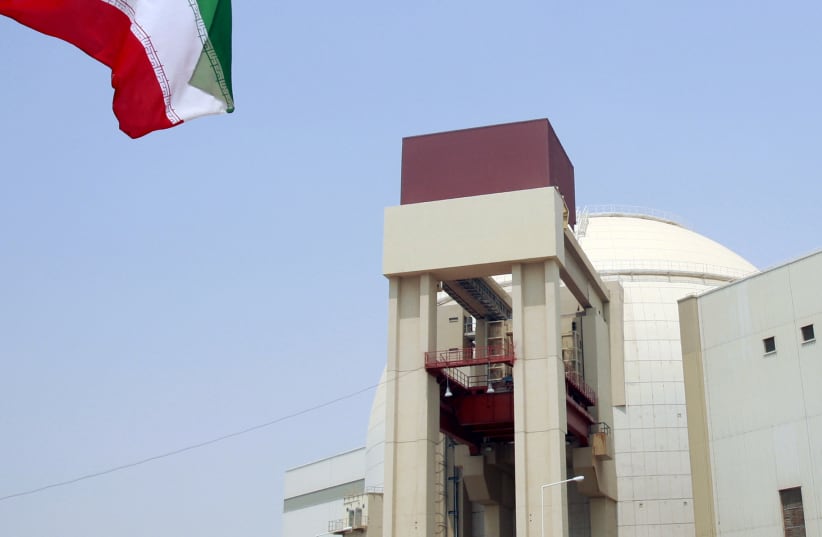Iran's nuclear program takes medium jump forward - analysis
On one hand, Iran still did not take any of the large jumps it seemed to be toying with: it did not start enriching uranium up to 20% nor did it kick the IAEA out of any major nuclear facilities.
